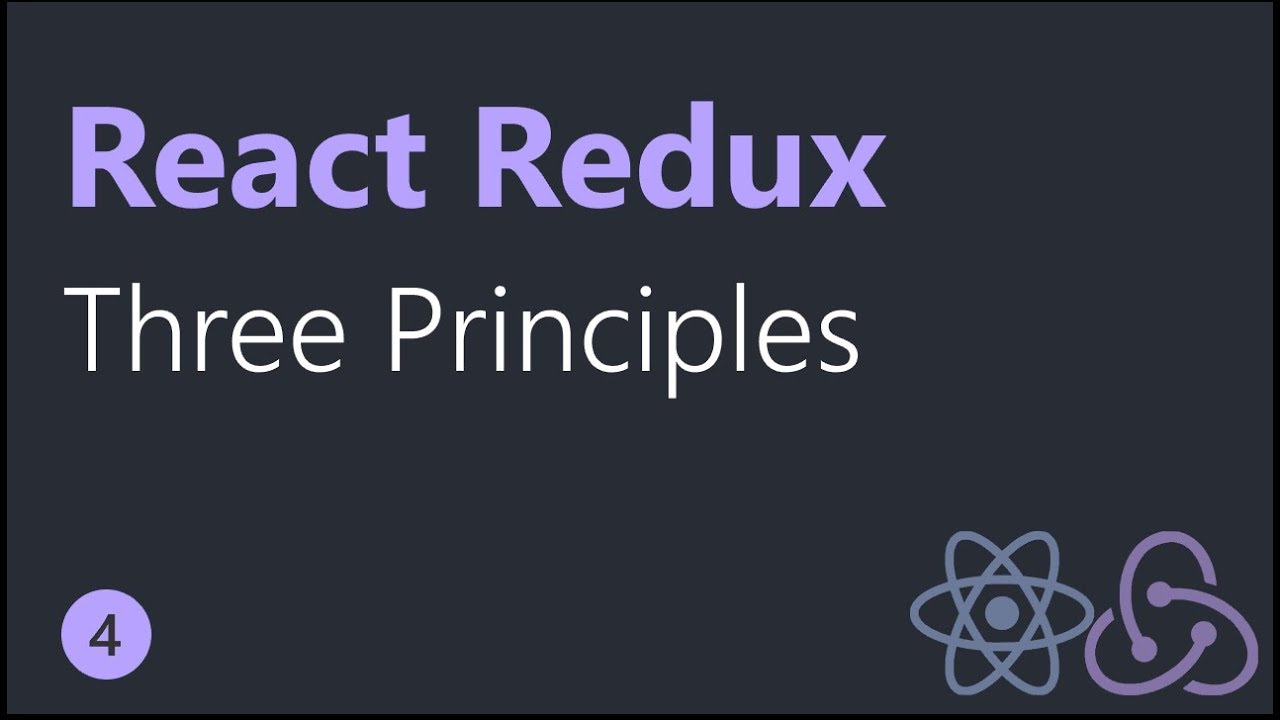In the world of modern web development, managing state effectively is crucial for creating scalable and performant applications. Redux has emerged as a popular library for managing application state, especially in projects built with React. But what exactly is Redux, and how does it work? This article will delve into the three foundational principles of Redux, providing a clear understanding for beginners.
The Basics of Redux
At its core, Redux is a predictable state management library that helps developers manage application state consistently across their apps. It follows a strict unidirectional data flow and comes with several key concepts: the store, actions, and reducers. Understanding these concepts is vital, and that’s where the three principles come into play.
Principle 1: The Single Store
The first principle of Redux states that the state of your entire application is stored in a single object tree within one Redux store. This may sound simplistic, but it brings several advantages:
- Centralized State Management: With a single store, you can manage all your application’s state in one place, making it easier to track changes and debug.
- Tree Structure: The application state is structured as a tree, making it easier to understand the relationships between various parts of the application.
Example Scenario: Cake Shop
To illustrate this principle, let’s consider a cake shop application. In Redux, we could represent the state of our cake shop as an object with properties such as the number of cakes available on the shelf. For example:
const initialState = {
numberOfCakes: 10
};This initialState would be managed by the Redux store, and any changes to it would go through the following principles.
Principle 2: Actions as Descriptors of State Changes
The second principle indicates that the only way to change the state is to emit an action—an object describing what happened in the application. This means directly mutating the state is strictly prohibited, adding an extra layer of predictability.
The Cake Shop Example Continues
In our cake shop, if a customer wants to buy a cake, they would not directly decrease the count. Instead, they would dispatch an action to inform the Redux store of this intention:
const buyCakeAction = {
type: 'BUY_CAKE'
};Here, the type property of the action describes the action’s intent—buying a cake. The action itself can be thought of as a signal saying, “Hey, I want to make this change to the application state!”
Principle 3: Pure Functions to Transform State
The final principle tells us that to specify how the state tree is transformed by actions, you write pure reducers. Reducers are functions that take the current state and the action dispatched to it and return a new state.
Implementing a Reducer
Using our cake shop example again, the reducer serves as the shopkeeper who processes incoming actions. When the buyCakeAction is dispatched, the reducer would look like this:
const cakeReducer = (state = initialState, action) => {
switch (action.type) {
case 'BUY_CAKE':
return {
...state,
numberOfCakes: state.numberOfCakes - 1
};
default:
return state;
}
};This reducer takes the current state and returns a new state object that reflects the updated number of cakes after the action is processed. It’s important to note that the reducer must not mutate the existing state but instead return a new object; this ensures the predictability that Redux boasts about.
Visualizing the Redux Flow
Now that we have covered the principles, let’s visualize how they interact in a Redux-powered application:
- Application initiates an action: For instance, a user clicks a button to buy a cake.
- Action is dispatched: The application dispatches an action to Redux.
- Reducer processes action: The reducer takes the existing state and the action to compute the new state.
- Store updates: The Redux store updates its state based on the new information.
- UI reflects changes: Because the application is subscribed to the Redux store, it automatically re-renders to reflect the updated state.
Conclusion
Understanding the three principles of Redux—maintaining a single store, emitting actions to indicate state changes, and using pure functions as reducers—will lay the foundation for effectively managing state in complex JavaScript applications. These principles ensure predictability and maintainability, crucial for scalable development.
As you become more familiar with Redux, you’ll find that these principles guide you in building robust applications. In the next steps, we will look at implementing our cake shop application in JavaScript, bringing together all we have learned about Redux.
Whether you’re crafting small applications or large-scale projects, mastering Redux’s principles is a valuable skill set in your web development journey. Stay tuned for the coding session that follows!

